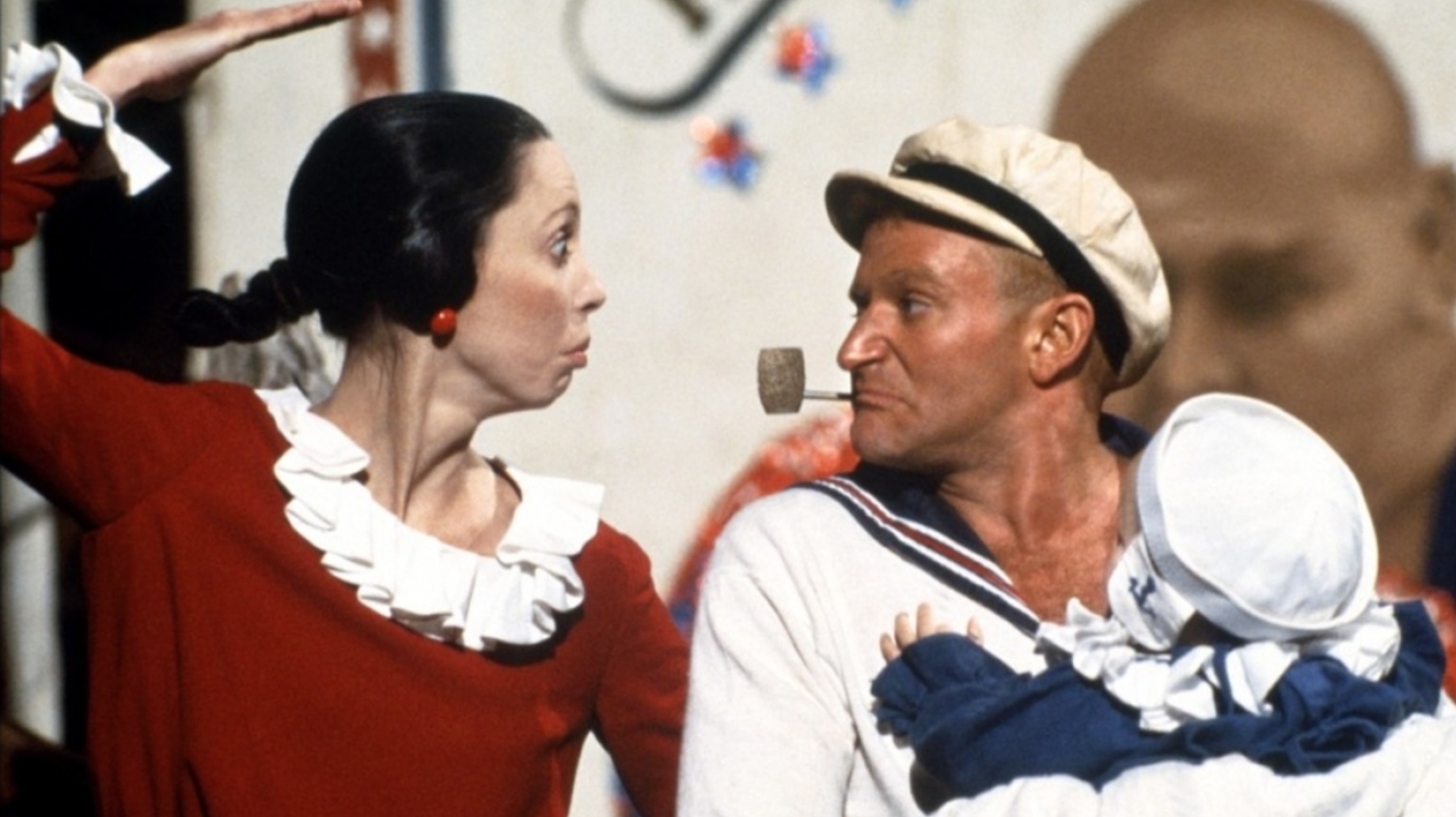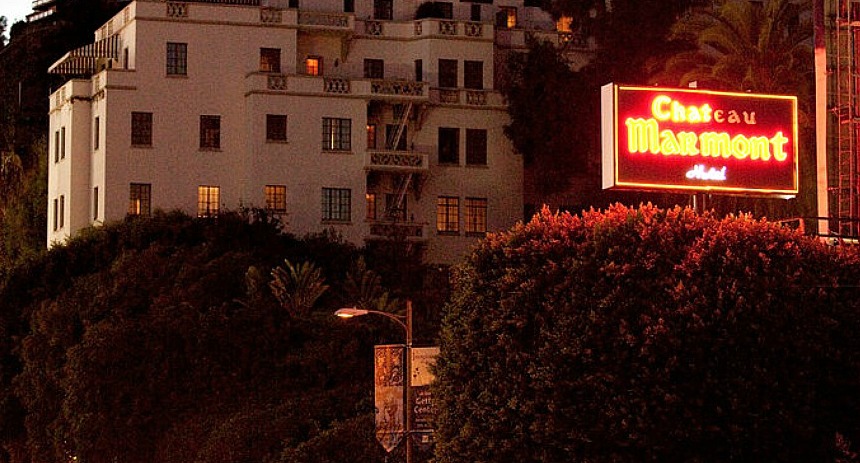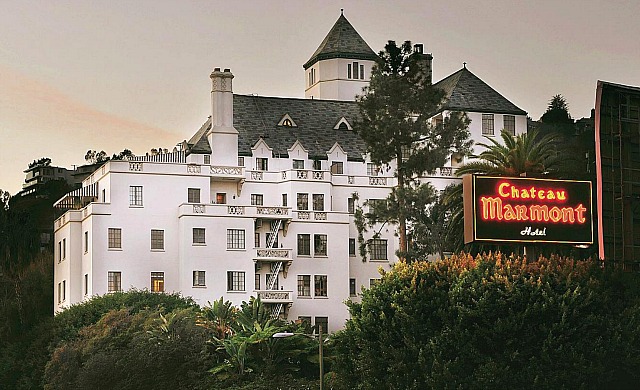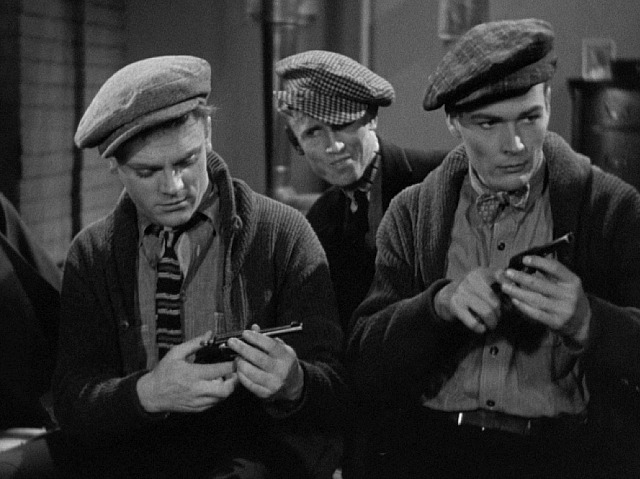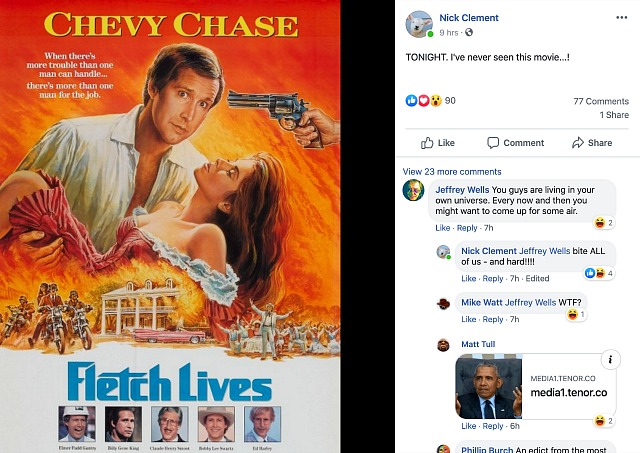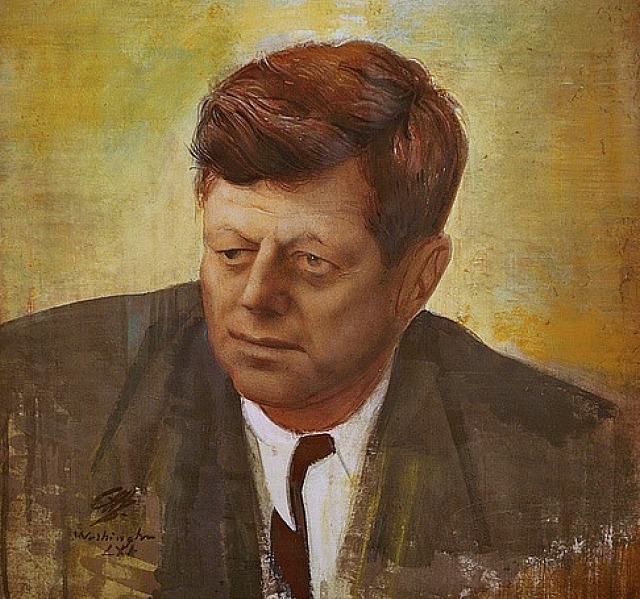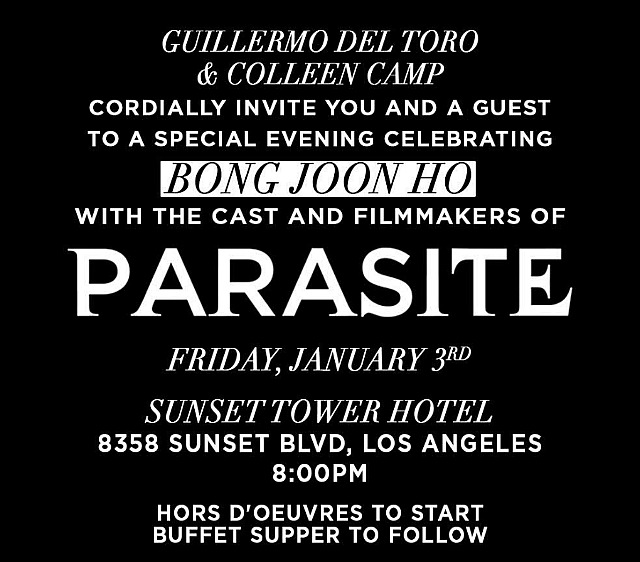Last night Tatyana and I attended an A-plus Parasite party at the Sunset Tower hotel. Crowded but not oppressively so, and attended by some of the coolest creatives in town — Guillermo del Toro (who officially co-hosted with Colleen Camp), Leonardo DiCaprio, Noah Baumbach, Laura Dern, Michael Mann, HE’s own Phillip Noyce and Vuyo Dasi, Portrait of a Lady on Fire‘s Adele Haenel and Noemie Merlant, Jay Roach, Eli Roth, Lukas Haas, Kevin Bacon, Show Me What You’ve Got‘s Svetlana Cvetko, Dolemite In My Name‘s Larry Karaszewski, Knives Out producer Ram Bergman — along with the usual industry-journo crowd. Plus a lavish buffet supper, etc. The coolest gathering in town.
Hardly anyone wore whitesides, and I was checking, believe me.
There was such a feeling of “this is the place, these are the people, this is the film” that it began to hit me that Parasite, a richly cinematic, very incisive serving of social portraiture that is nonetheless hampered by ludicrous plot turns in the second half, might win the Best Picture Oscar. You can always sense a favorite when everyone comes to the favorite’s party. Everyone wants to be chummy and hair-mussy with the perceived winner in whatever realm. It’s just human nature.
I’m trying to deal with this curious premonition like a mature adult, but there’s a little part of me that’s going “please, God…no.” I’ve been calculating all along that Bong Joon-ho‘s film (his finest ever) would take the Best International Feature Oscar without breaking a sweat, but it can’t win that plus the Best Picture Oscar…can it?
The most exciting and pleasing moment of the evening was when I went over to Adele Haenel and…well, behaved like a typical adoring fan, complimenting her Lady on Fire performance and telling her I’ve seen it three times (in Cannes last May, twice in Los Angeles) and chit-chatting about this and that.
The second most pleasing moment was hearing from journalist pally Bill Desowitz that “many” people he’s spoken to feel the same way about Parasite as I do — i.e., Bong’s best, very commendable but calm down.
Yes, I know — Vertigo‘s second-half plotting is just as ludicrous. But it ends so magnificently. Scott looking down from the bell tower, his hands outstretched, cured of his phobia, Madeline gone.
I’m not trying to fight city hall. If the Best Picture Oscar has Parasite‘s name on it, so be it. I won’t be angry or upset about this exactly, although I will feel disappointed. The Irishman is the best film of the year, hands down. I know it, the Godz know it, many people out there know it, and history will verify.
Read more


